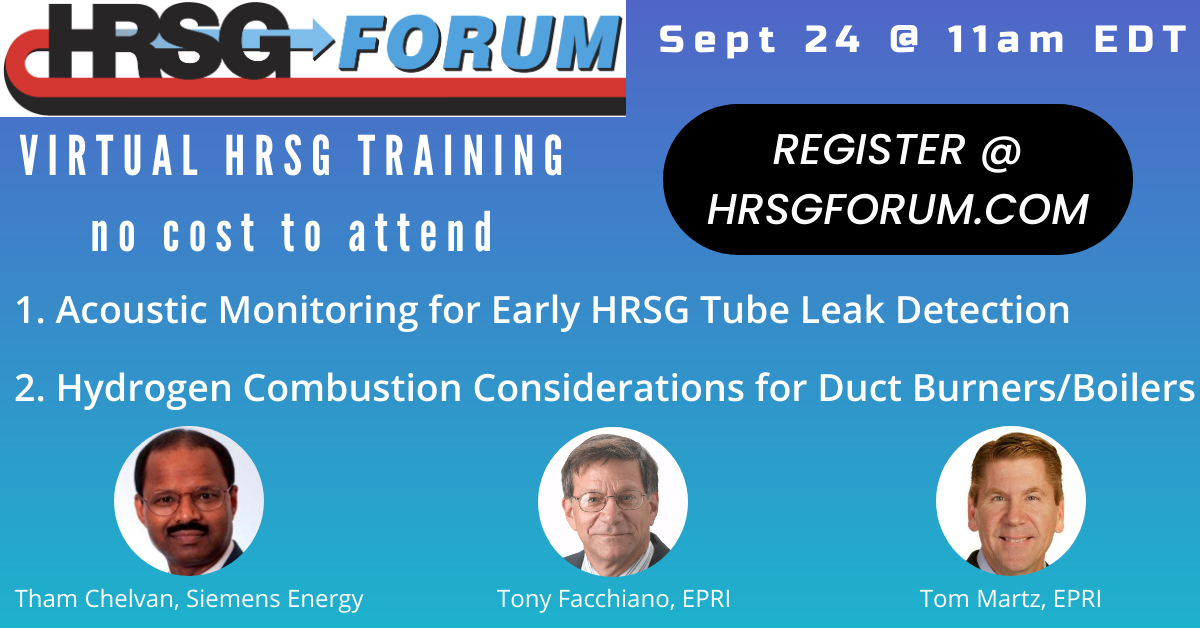
You’ll want to watch the video below from Bill Kitterman’s “Tube Repair Clinic: The Good, the Bad, and the Ugly,” even if just to see the pictures of the “uglier” and the “ugliest” tube-to-header welds (photos). In true photojournalism fashion, Kitterman, head of Bremco Inc, now part of SVI Industrial, described six different styles of such welds and the four methods for accessing leaking tubes, including the one fit for an action movie title, “cut your way in, weld your way out.”
Kitterman encouraged industry attendees of the HRSG Forum to “do more to determine the root causes of tube failures.” He also asked users in the audience to understand that, for repairs of creep-strength-enhanced ferritic tubes (such as P91), the downtime required to do quality work could be longer than they might expect. Welding is the fastest part of the procedure, he noted. Stress relief, code requirements (national, state, and local), official inspections, and insurance-company compliance factors take most of the time.
Example: “Bremco has modified its Alloy 91 weld procedure four times since initial qualification—for pre-heat and post-weld heat treatment and weld-wire requirements.” Proper wrapping to maintain the heat during heat-treat is critical.
Kitterman discussed Weld Method 6, a repair that avoids post-weld heat treatment (PWHT) but is only good for butt welds and on tubes with a wall thickness of less than 0.5 in. “This reduces downtime considerably since PWHT can take up to 14 hours,” he added. He also mentioned Supplement 8 for thicker pressure parts, which also avoids PWHT. It’s good for attemperator piping, although Kitterman conceded that Bremco isn’t yet comfortable with the procedure.
One attendee asked about tube plugging, but Kitterman cautioned that plugging a tube can change the flow patterns. It’s no longer being steam-cooled so the hotter gas can impinge on adjacent tubes, and failures could cascade. Another asked if Bremco undertakes turnkey scope; Kitterman answered yes, but prefers to add third-party specialist heat-treat and inspection companies to the team.
Other questions and responses addressed sonic leak detection methods—all captured in the video recording a couple of clicks away.
With pressure parts, so much depends on high-quality welds. Even if welding “isn’t your thing” at the plant you are responsible for, it’s worth watching this presentation to gain a cursory understanding of what’s involved.



